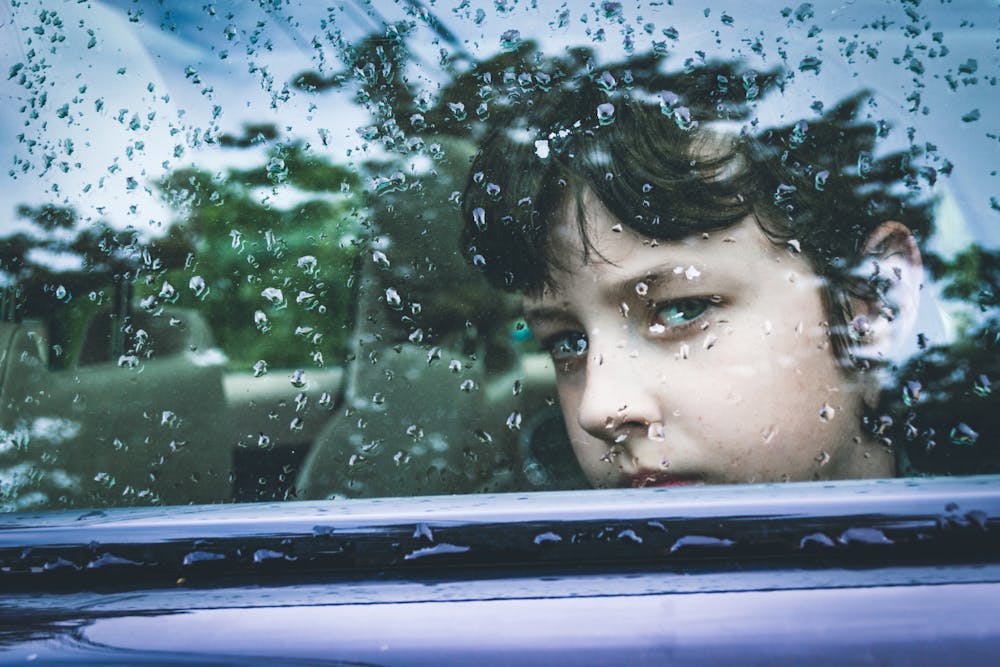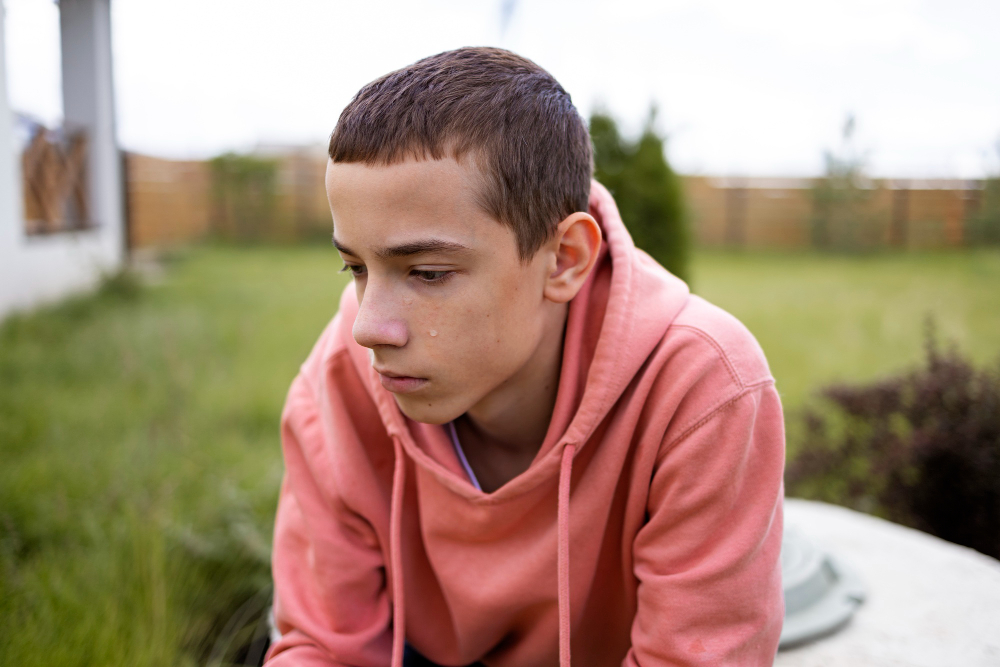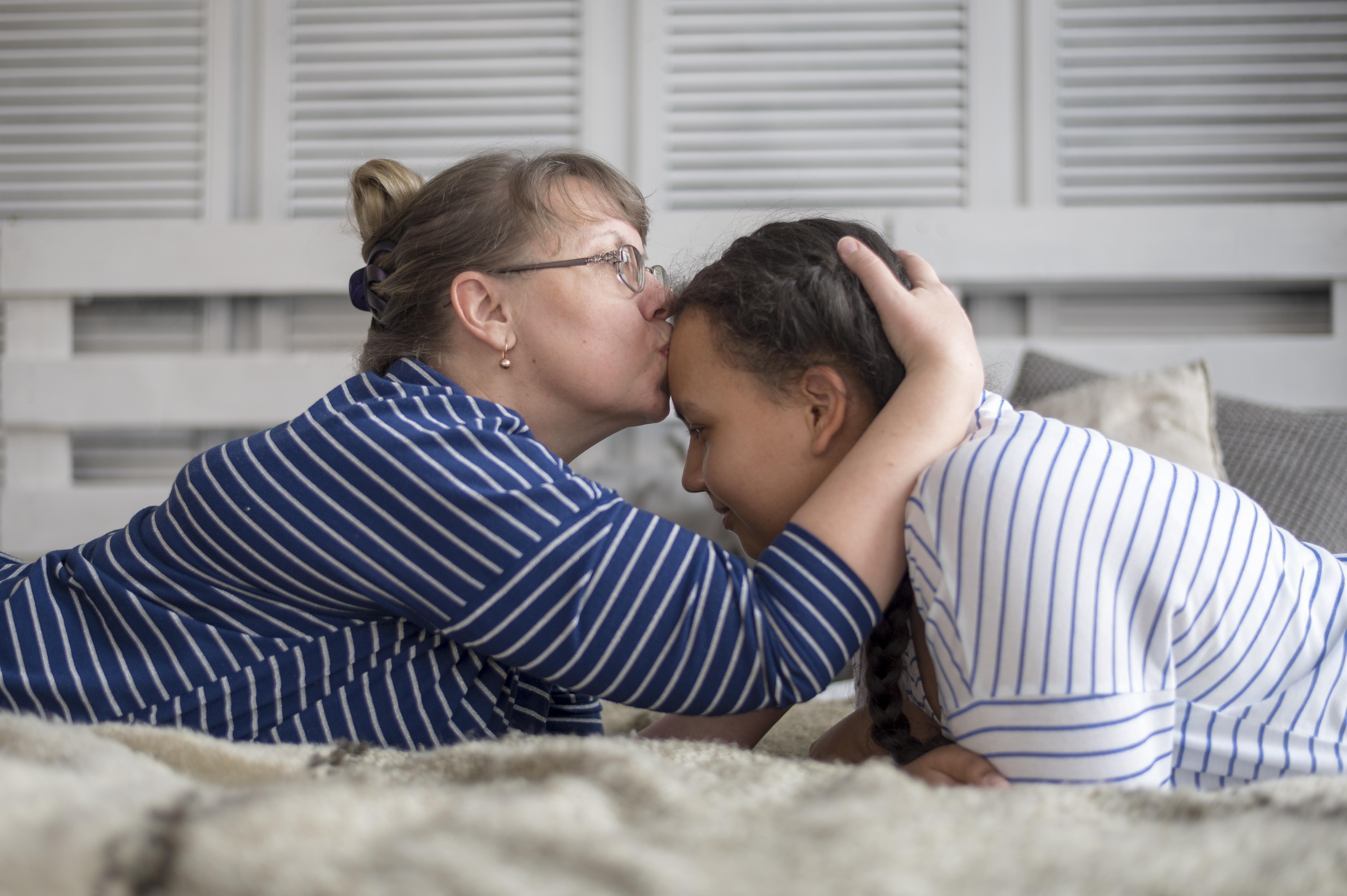if you’ve ever felt gaslit by the system with all the false positivity and lip service and you want to read something that validate your concerns, Still Left Out: Children and Youth with Disabilities in B.C.—published in 2023 by the Representative for Children and Youth is among the most searing, clear-eyed, and useful reports in circulation. It is a polemic worth reading in full, and a mirror for the experiences many of us have endured.
What follows is a short summary for those who do not have the time, energy, or nervous system capacity to wade through the full document. Although it is lovely and has pictures and I highly recommend it.
You already know the contents in your body. You’ve lived them. But naming them—plainly, and together—can still offer power.
The system is designed around programs, not people
Families are asked to do everything and blamed when they fail. The report opens with stories of caregivers left to navigate a fragmented and exhausting system, sometimes for years, while pleading for the most basic support.
“Families are still being left to wait – not just weeks or months, but years. ‘This is urgent,’ one mom told RCY. ‘We’ve been ignored for far too long.’” (Executive Summary, p. 4)
“They’re being worn down, overworked and pushed to the brink of their coping abilities by the system that is supposed to be helping them.” (Executive Summary, p. 3)
“Almost 80 per cent of our survey respondents said that they struggle to navigate the system.” (Context, p. 6)
Services are based on diagnosis and gatekeeping
Instead of assessing children based on their needs, the province forces families through diagnosis-based gates. Autism is a paved road. FASD, Down syndrome, ADHD, and medical complexity lead to dead ends.
“Children with FASD, for example, are still ineligible for services that those with some other diagnoses – such as autism spectrum disorder – receive. The same goes for children with Down syndrome.” (Executive Summary, p. 3)
“More than 34 per cent of survey respondents told RCY that they have children with disabilities who are currently ineligible for any support.” (Executive Summary, p. 3)
“This form of discriminatory privileging results in unconscionable inequities and divides families and community.” (Context, p. 8)
“The school, the daycare, the child development centre – they all drive families to autism because that’s the only paved road to help in B.C.” (Context, p. 8)
-
Debility versus disability: what the system cannot acknowledge
My son Robin took to bed two weeks before March break. He had been…
Supports are too few, too late, and too temporary
Most families receive patchwork support after years of advocacy, if at all. The expectation is that parents will do it all—coordinate services, manage funding, provide care—and never falter.
“Parent, caregiver, tutor, case manager, medical adviser, advocate – they will need to be all that and more over the lifetime of their child.” (Executive Summary, p. 3)
“Families speak of systems that seem like they’re set up to reject their requests and make them fight for every dollar of support.” (Executive Summary, p. 4)
“Burnout is very, very real. The system is broken and I am too tired to figure out how to fix it.” (Executive Summary, p. 4)
“Almost 80 per cent of our survey respondents said their level of stress has either stayed the same or worsened in the past three years.” (Context, p. 13)
-
She graduated and this is what she learned
On raising a badass advocate, unintentionally. I didn’t set out to raise an advocate—I…
Disabled children are excluded from school
Even after navigating the maze, school often remains inaccessible. The report echoes what many families already know: that designation is required for any support, that children are suspended unofficially, and that exclusions go on for months.
“More than half of the survey respondents either ‘strongly’ or ‘somewhat’ disagree that the supports their child currently receives are adequate in meeting their needs.” (Executive Summary, p. 4)
“RCY estimates that as many as 80,000 B.C. children and youth with disabilities are currently not receiving any support.” (Executive Summary, p. 4)
“The BCEdAccess Society’s 2022–23 survey of 403 families turned up almost 6,000 incidents of school exclusion, with 20–25 per cent of those exclusions continuing for four months or more.” (School years, p. 23)
“Students were not able to attend school for a month or more.” (School years, p. 23)
“Support at schools is supposed to be needs-based. But in practice, without any designation, many students get absolutely zero support.” (School years, p. 24)
-
Not everyone gets a slideshow
He should have been graduating too, but he isn’t. After years of support that…
Indigenous and racialised children face deeper exclusion
The harms of this system are not equally distributed. Indigenous and racialized children are overrepresented in exclusion, government care, and death and injury investigations. The data reveals what the systems try to hide.
“Indigenous children and youth made up the majority of this group in the 2021 to 2023 time period, with 43 per cent First Nations and 10 per cent Métis.” (Executive Summary, p. 4)
“Forty-three per cent had mental health files.” (Executive Summary, p. 4)
“Eighty per cent [of disabled children and youth reviewed after injury or death] were in government care at the time…almost double that of their peers without disability classifications.” (Executive Summary, p. 4)
The province is aware, but keeps stalling
Despite widespread calls for reform, the provincial government continues to delay implementation. Promises are made while timelines stretch into the future, leaving families in limbo.
“In November 2022…Premier David Eby stated: ‘Every child in B.C. should have the supports they need to thrive.’” (Executive Summary, p. 3)
“The ‘under-served’ are not faring much better since that announcement.” (Executive Summary, p. 3)
“CYSN framework revisions must be expedited.” (Executive Summary, p. 5)
“It appears that a new CYSN system will not be unveiled until months into 2025 at the earliest.” (Context, p. 6)
“Families are still waiting for assessments to accurately identify their needs. Still waiting to access therapies. Still waiting to be supported in the school system and for mental health services. Their families are still waiting for respite.” (Context, p. 7)
“Tens of thousands of families of children and youth with disabilities that aren’t currently eligible may continue to be left out.” (Context, p. 6)
The government has the evidence—and a plan it hasn’t funded
The recommendations are clear, urgent, and specific. They focus on mental health, cross-ministry coordination, data collection, and equity. But without resourcing and implementation, they remain words on paper.
“Recommendation #1: MCFD to ensure that the CYSN Framework reset includes purposeful engagement with rights holders, Indigenous partners, service providers and families regarding mental health services for children and youth with support needs.” (Recommendations, p. 67)
“Recommendation #2: MCFD to ensure that as part of the CYSN Framework reset, that service delivery linkages and pathways for access to mental health services for children and youth with support needs are maximized…” (Recommendations, p. 67)
“Recommendation #3: Following the completion of the engagement and evaluation reports, MCFD to develop, implement and fully fund a plan to provide comprehensive mental health screening, assessment and effective treatment services for children and youth with support needs.” (Recommendations, p. 67)
“Recommendation #4: MMHA to coordinate… research to identify the prevalence of mental health disorders amongst children and youth with neurodevelopmental conditions…” (Recommendations, p. 67)
“Recommendation #5: The Ministry of Citizens’ Services to initiate the development of a cross-ministry plan… to routinely collect high-quality demographic and service data that allows for disaggregation…” (Recommendations, p. 67)
If you feel like it’s just you, it isn’t
This report confirms what many of us have lived. You are not overreacting. You are not alone. The system is not broken—it is functioning exactly as designed: to ration support, protect budgets, and offload responsibility onto parents. But truth is power. Sharing it is resistance.
Still Left Out includes dozens of direct quotes from families and crystal-clear evidence that the province has known about these harms for years. It acknowledges advocacy groups like BCEdAccess and Inclusion BC, and affirms what thousands of caregivers have said all along: that our children’s suffering is structured and preventable.
It also documents the central lie of the system—that the child is the problem, when in truth, the child is the one surviving the problem. It captures the heartbreak, the rage, and the waste. It reminds us that children only get one childhood. It demands that we fix it today.
-
You’re not wrong: reflections on motherhood and advocacy
This piece is for the mothers who have become unrecognisable to themselves in the…











